State turns inward for PPP plans
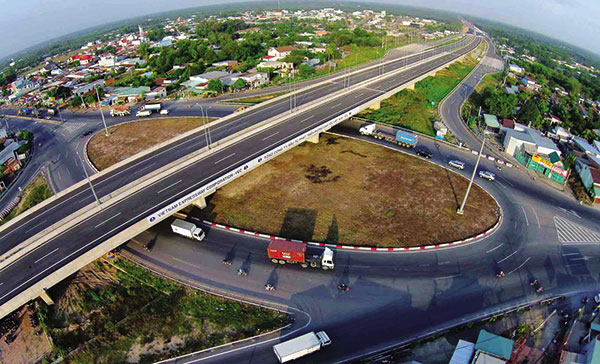 |
| With foreign investors shying away from unguaranteed projects, Vietnam looks to draw on domestic investment, Photo: Le Toan |
According to Deputy Minister of Transport Nguyen Nhat, Vietnam lacks the type of guarantee mechanism requested by international groups and in line with global norms. The country currently cannot offer a guarantee for investors’ revenue and exchange rate risks.
“Thus the project will be built with a plan to mobilise over VND63 trillion ($2.86 billion) worth of private investment, of which VND13 trillion ($590.9 million) will be from investors and VND50 trillion ($2.27 billion) from bank loans, aimed at targeting domestic investors,” Nhat told VIR.
Amid state budget constraints, the country is seeking internationally capable groups to join the project via international bidding. Many supporting policies have been considered.
Nguyen Danh Huy, head of the Ministry of Transport’s (MoT) Public-Private Partnership (PPP) Department, said, “For the first time, Vietnam agrees to provide a support of VND55 trillion ($2.5 billion), which includes site clearance, making it the highest state capital contribution in such a project so far. We have proposed the government increase the profit-to-equity ratio to 14 per cent to attract investors.”
At present, the ratio is curbed at 11-12 per cent a year for build-operate-transfer (BOT) projects, a PPP format.
In spite of that, at some meetings held in South Korea, Singapore, and India to consult international groups about this project, more than 28 leading international transport infrastructure developers and 17 international credit institutions all proposed the guarantee mechanism, while suggesting the profit-to-investment ratio be set at 17 per cent based on Vietnam’s economic scale.
“The proposals make foreign investment attraction for such a project more difficult. The Dau Giay-Phan Thiet Expressway project, which was built to attract foreign investors under the PPP format since 1997, is a typical unsuccessful example because of the lack of this mechanism,” Nhat said.
In the prefeasibility study for developing some routes of the project from 2017-2020 submitted to the National Assembly (NA) last week, MoT Minister Nguyen Van The said that priority will be given to the development of 11 routes in the first stage totalling 654 kilometres, including three public-invested ones and eight PPP projects. These priority segments include Cao Bo-Bai Vot, Cam Lo-Son La, Mai Son-Bai Vot, Nha Trang-Dau Giay, and My Thuan 2 Bridge.
The total investment for the 2017-2020 period is estimated at VND118.72 trillion ($5.39 billion), with over VND63 trillion ($2.86 billion) to be mobilised by investors and VND55 trillion ($2.5 billion) to be sourced from the state.
Over 700km of the expressway will be developed in each of the second and third stages. From 2021-2025, the Bai Vot-Cam Lo and Quang Ngai-Nha Trang routes will be built, and the La Son-Tuy Loan segment will be upgraded from two lanes to four. In the post-2025 period, the Can Tho-Ca Mau route will be built.
The minister admitted that mobilising funds from domestic credit institutions has proven difficult, while getting loans from international lenders requires a government guarantee, a mechanism that Vietnam still lacks. “If approved by the NA, some routes of the project will be able to kick off in 2019,” he added.
Vu Hong Thanh, head of the NA Economic Committee, agreed in principle with the investment plan. He, however, noted that the PPP model – especially the BOT format – has proven problematic, and asked the government to take measures to deal with the problems.
The eastern spur of the North-South Expressway project, which is estimated to cost VND230 trillion ($10.5 billion) – with over 2,100 kilometres to be built by 2025– is considered an economically- and politically-important project. It will run through 32 cities and provinces, affecting 45 per cent of the country’s population, 65 per cent of ports, and 67 per cent of economic zones.
The project has been attracting the attention of many foreign investors. South Korea-based Posco E&C has expressed its interest in the project after joining many transport infrastructure projects in Vietnam, including Hanoi-Lao Cai and Long Thanh-Dau Giay expressways.
Another leading South Korean infrastructure developer, Lotte E&C, and many other international groups from Japan and the US are also studying investment opportunities in the project.
What the stars mean:
★ Poor ★ ★ Promising ★★★ Good ★★★★ Very good ★★★★★ Exceptional
Latest News
More News
- Robust market could pull in fund appetites (April 04, 2025 | 15:52)
- Foreign direct investment off to stirring start in 2025 (April 04, 2025 | 15:44)
- Leaders vow to soothe FIE project headaches (April 04, 2025 | 15:10)
- Korean groups call for tax processes to be timely ironed out (April 04, 2025 | 15:01)
- Successful lifting of Long Thanh International Airport central terminal steel roof structure (April 04, 2025 | 12:00)
- Belgian royals attend inauguration of service-office complex in Quang Ninh (April 03, 2025 | 14:36)
- Foreign groups keen on smart manufacturing (April 02, 2025 | 14:46)
- Technology startups must deliver coherent value (April 02, 2025 | 14:41)
- Smart Chinese manufacturing forms a win-win collaboration (April 02, 2025 | 14:34)
- BUV expands campus to welcome additional students (April 02, 2025 | 10:00)

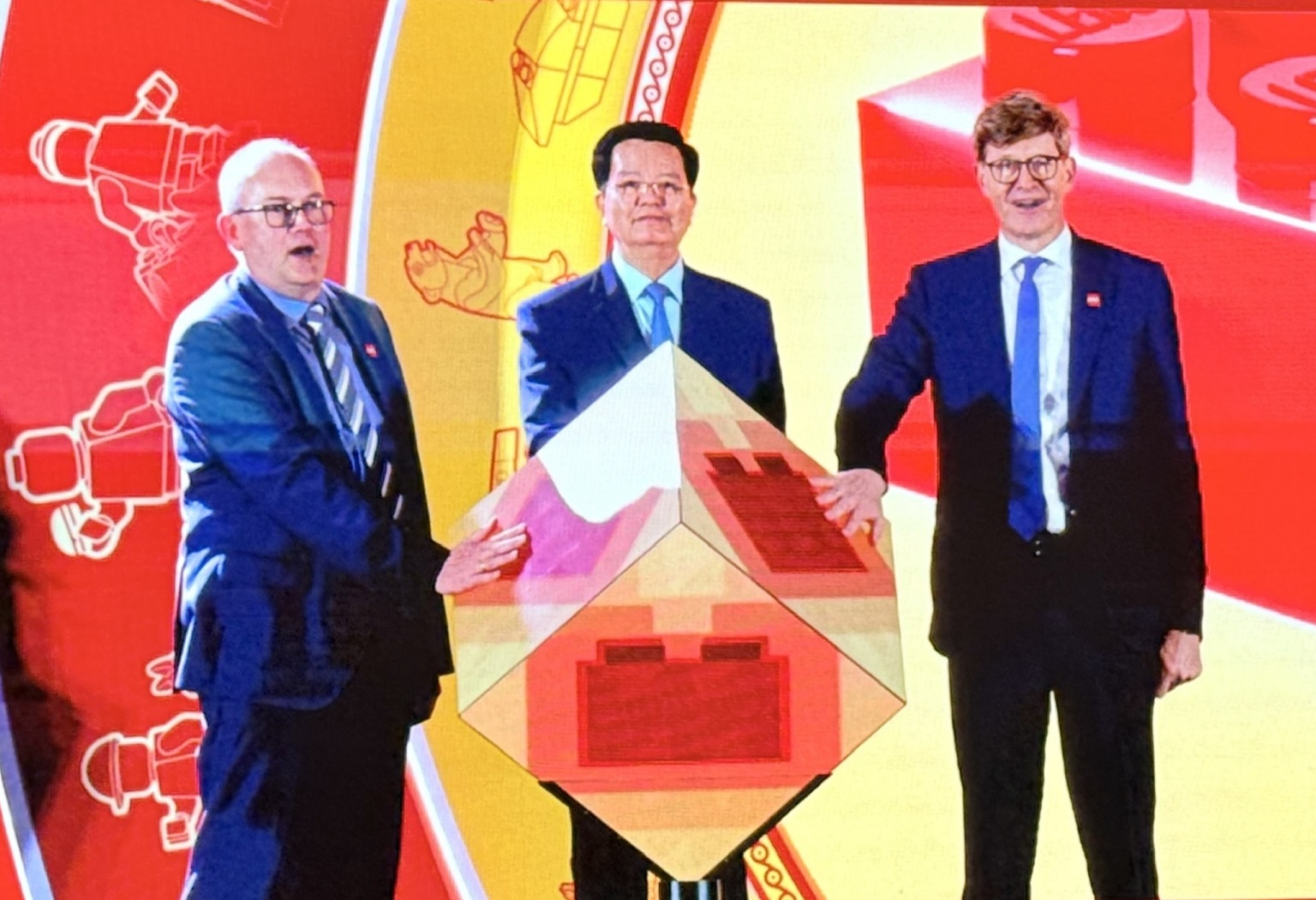
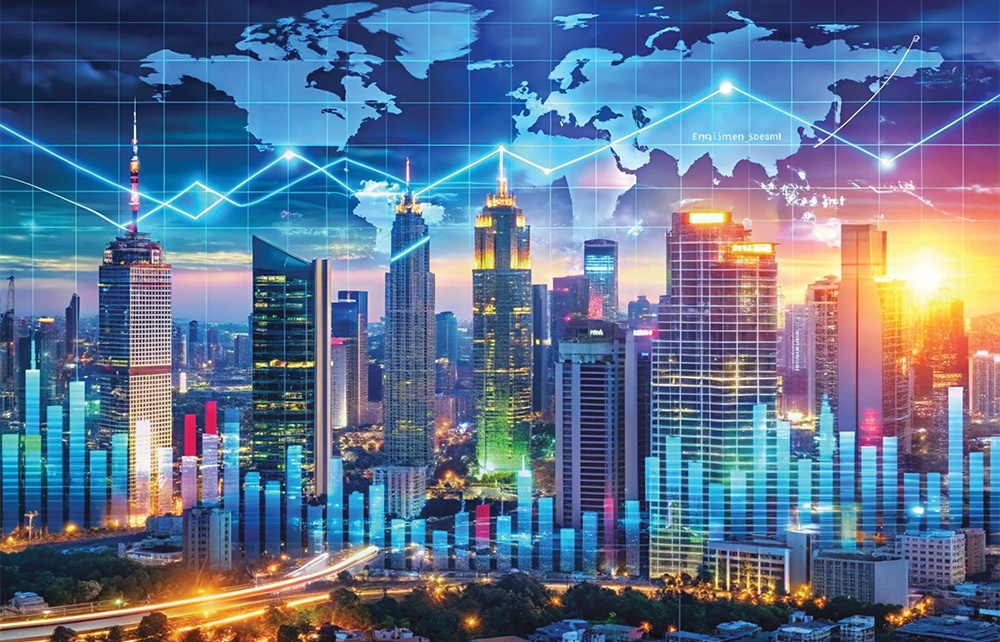
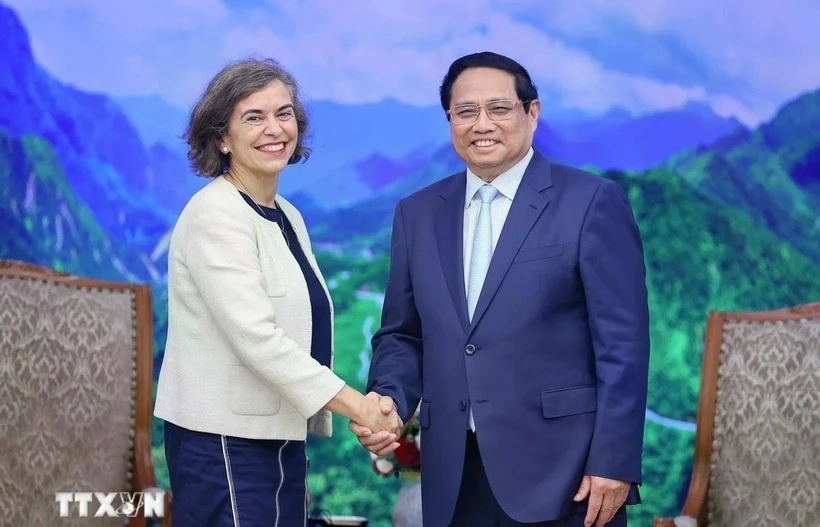
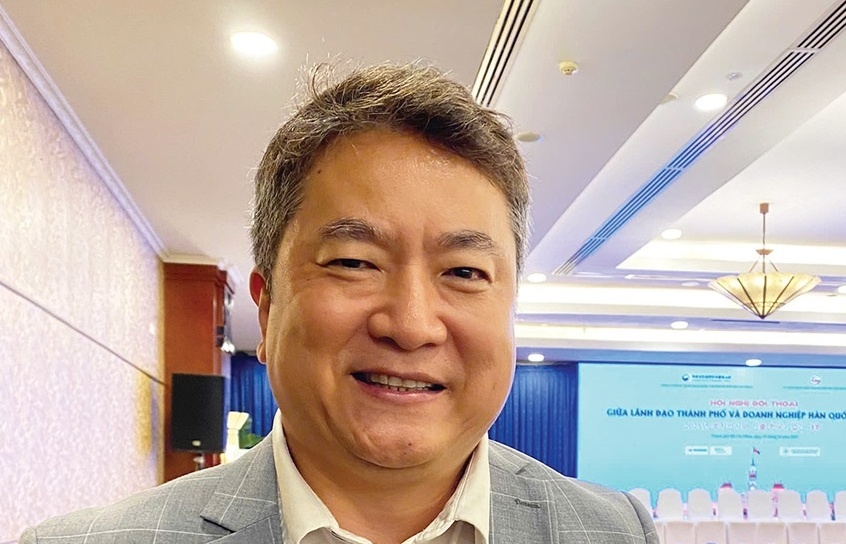
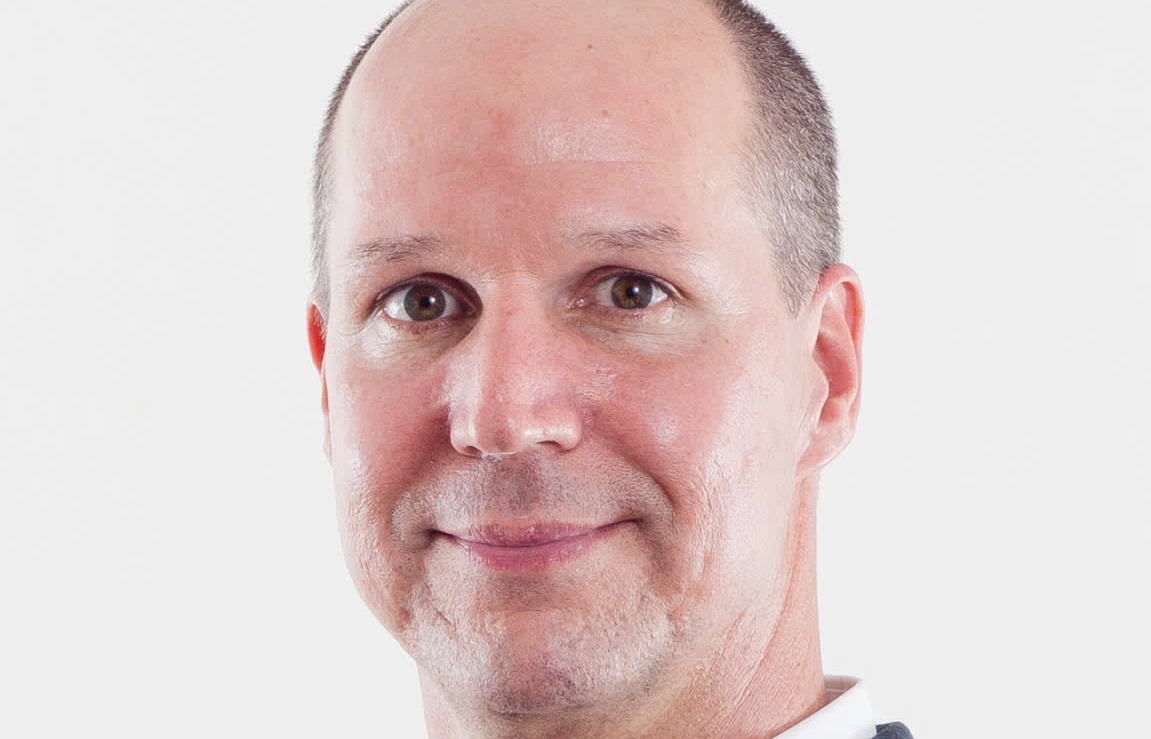









 Mobile Version
Mobile Version